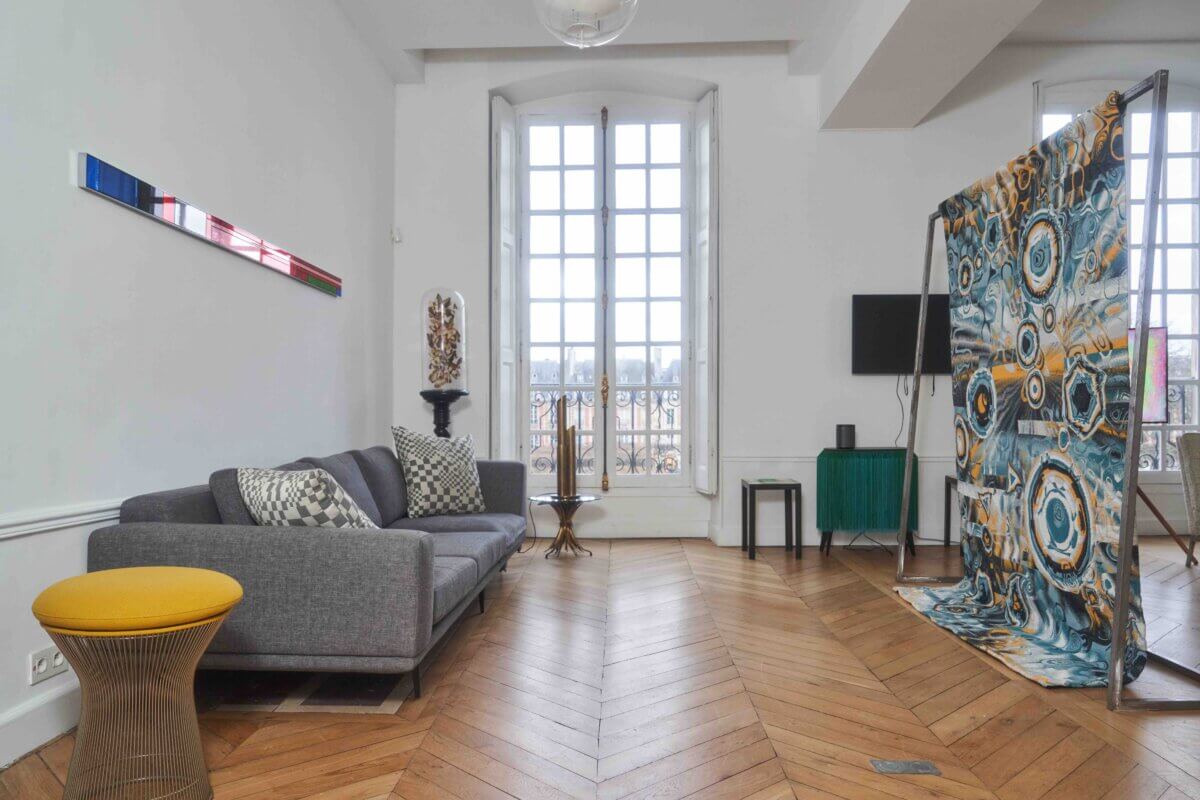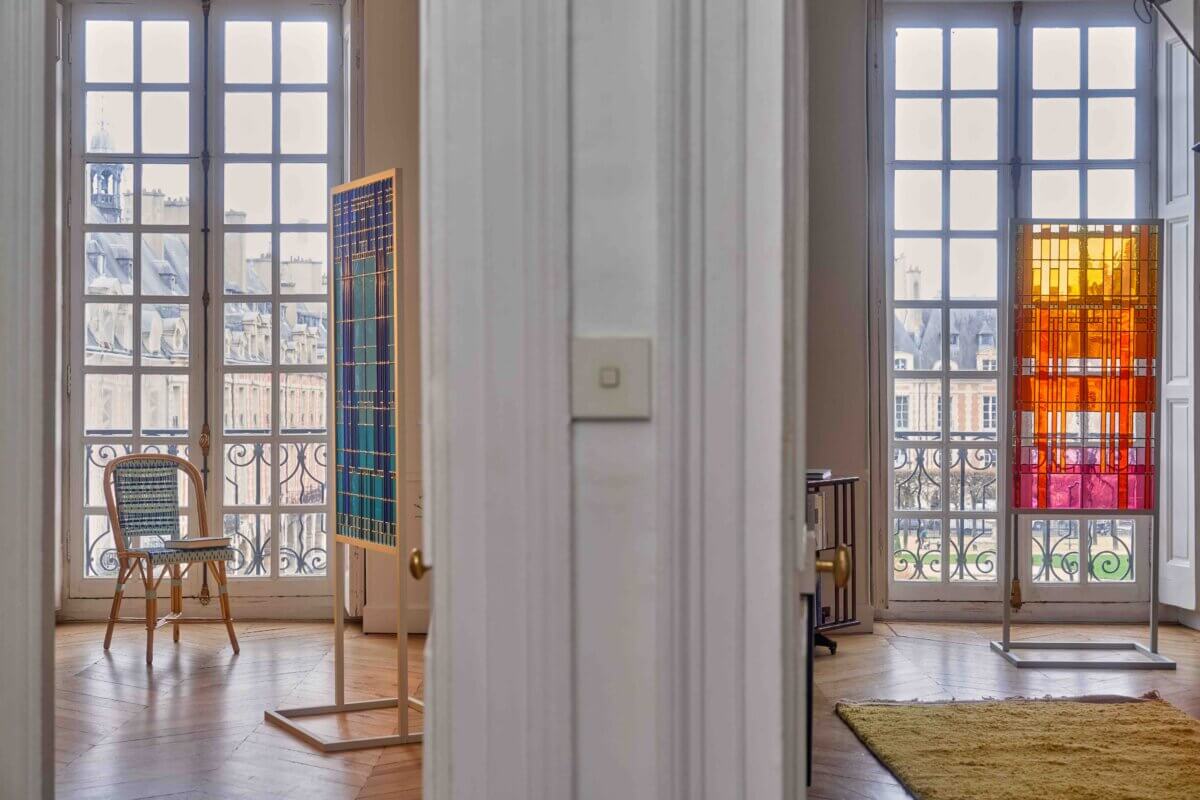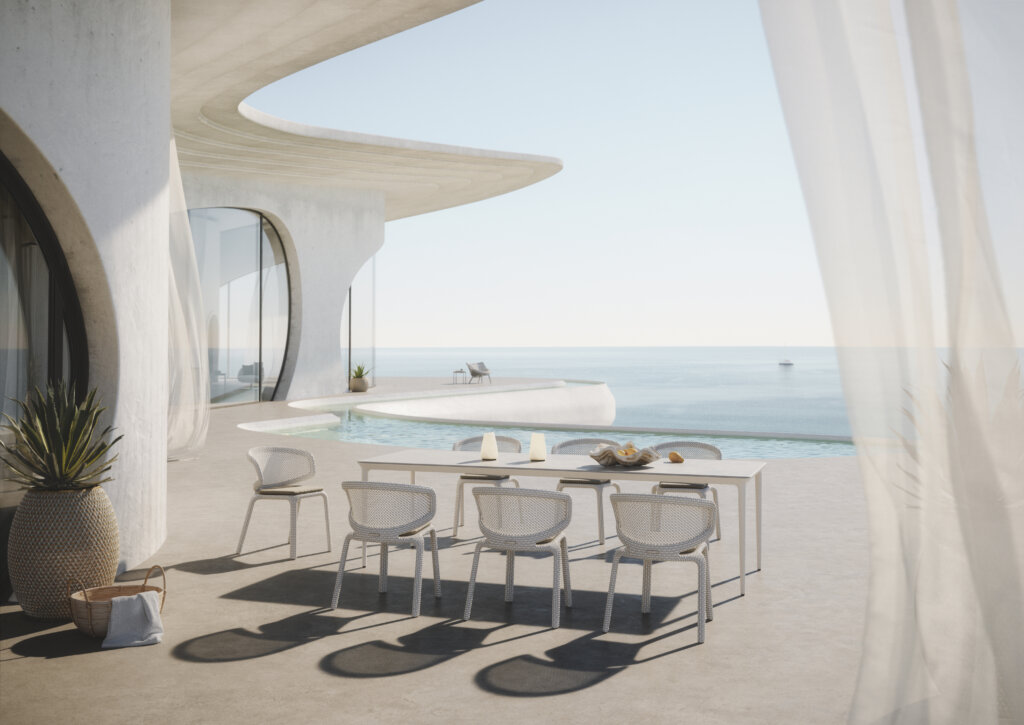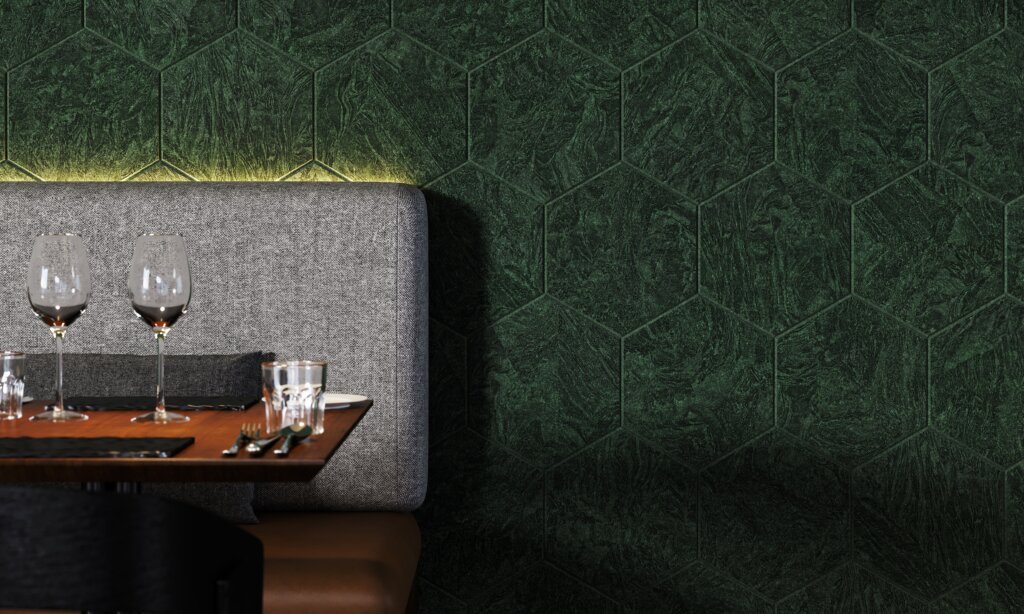
Digital and physical craftsmanship come together at TRAME. The Paris-based gallery pairs generative artists with skilled artisans, who turn the lines of code into tangible design pieces.
Ismail and Adnane Tazi launched the brand in 2020; then, its focus was on well-designed housewares. But, as Ismail became more interested in how to reconcile traditional craft and technology, he began to delve into blockchain, parametric design, and non-fungible tokens (NFTs). Discovering Néolice, a French company that uses digital technology to augment traditional Aubusson weaving techniques, he tasked the procedural artist Alexis André to write an algorithm capable of creating a large number of wall tapestries, all unique but born from the same work.
"We see generative design as something that revitalizes traditional craft, combining old and new in exciting ways." —Trame
That project, Navette, became the first installment of Craft Nouveau, a collection of digital-to-physical works that TRAME launched in 2022 in partnership with web3 brand Club CPG. Subsequent works include Optimism, in which Ateliers Loire de Chartres, who currently are working on the restoration of Notre-Dame Cathedral, transform Jeff Davis’ lines of code into stained-glass panels, and Aranda/Lasch x Maison L. Drucker, whereby the former generates the webbing patterns on bistro chairs manufactured by the latter, France’s oldest rattan chair maker. Plus, there is the Portraits collection of mirrors by Martin Grasser, handcrafted in Venice by artisan glassmakers.

A Martin Grasser mirror from his Portraits collection sits on the wall, while a Navette tapestry, rendered from generative code by Alexis André, hangs on the right
TRAME orchestrates each collaboration, working with the generative artists to discover which physical media would best represent their efforts, and then finding highly skilled artisans with whom they could realize their vision. Once the artists understand the strengths and limitations of the craft process, they hand-code an algorithm that can be used to generate the designs the artisans produce by hand. In that way the process begins in person in the physical world, is digitally interpreted, and then returns again to the physical world.

One of the digital weavings Aranda/Lasch's algorithm created for the Maison L. Drucker collaboration, a chair frame, and the finished product
Depending on how the artist manipulates the code, the process can create one-of-a-kind, scalable, or randomly generated results. This flexibility, notes Ismail, could have huge implications for interior design: It could allow free clients from a narrow palette of patterns, shapes, and palettes; create bespoke pieces that were more affordable; and be used to add an extra level of personalization to a space.
And what does it all mean for the time-tested arts? TRAME sees generative design as something that revitalizes the field. “In our Craft Nouveau collections, we’ve blended algorithmic code with traditional craftsmanship, showing how they can work together,” they say in a statement. “This process enables preservation of heritage craft and sustainability for communities that depend on these artisan industries.”




